I almost didn’t believe my best friend when he told me while his dad and he were bass fishing in a pond they watched a starling land on a cattail stalk that leaned over and disturbed the shallow water.
In an instant, a monster largemouth bass exploded out of the water to inhale the starling! I hadn’t heard of bass eating birds until then.
I did more research on the topic and found out that instances of bass eating birds weren’t as uncommon as I had originally thought.
Larger bass will eat ducklings that swim a little too far out in the open water, away from mom.
What do bass eat? The real question we should be asking is what don’t bass eat?
“Match the Hatch”
All jokes aside, as bass anglers we all wonder what bass eat. At least we should if we want to catch more fish, especially big bass. Growing up, I heard the phrase “match the hatch.”
It was intended to assist me in determining what bait I should be using but I didn’t understand what it meant until I was taught that the hatch often referred to minnows or the smaller fish that populated the area we were fishing.
The most common food sources in the United States for all types of bass are minnows, shad, bluegill, sunfish, crayfish, salamanders, worms, frogs, snakes, and anything else that swims the same waters as these opportunistic feeders.
Matching the hatch means finding an artificial lure that looks like the other aquatic life that will fit inside a bass’s mouth.
The next time you go fishing pay attention to the baitfish or small fish that a bass might be prone to eat because the feeding habits of the predators are determined by the prey that is most abundant and easiest to catch. Bass feed on whatever will fit into their mouth.
What Do Largemouth Bass Eat?
Largemouth baby bass eat anything ranging from plankton to insects and their larva. As they age adult bass target larger prey but that doesn’t mean they stop eating smaller sized food.
Bigger bass will even target smaller bass.
Bass will eat what is available to them depending on their habitat and the time of year.
Some of the strangest things bass have been said to eat are baby ducks, mice, trout, and turtles.
Largemouth bass are typically found in warm water climates. They inhabit bodies of water such as ponds, lakes, rivers, and creeks. Largemouth are ambush predators; so they will be found alongside brush piles, rocky areas, thick vegetation, and steep depth changes. They are fond of anywhere they can hide in wait for their prey to swim by.
What Do Striped Bass Eat?
Striped bass, also known as stripers, are opportunistic feeders like all other bass.
They will eat just about anything they can get their mouth on. Depending on the region you are fishing, their food will be anything from eels, crabs, shrimp, squid, bunker, herring, mackerel, flounders and Atlantic menhaden according to the U.S. Fish & Wildlife Service.
Stripers grow to a tremendous size, therefore, they need a tremendous amount of food to sustain their size.
Being picky about their food is not in their genes.
Striped bass are found in salty, brackish, and fresh bodies of water. They usually patrol both shallow and deep water. These are all reasons why their diet varies so widely.
Fishing guide Capt. Andy LoCascio says stripers feed mostly during dawn and dusk because they are an ambush predator. The lower light conditions make it much easier for the monster striped bass to stay hidden.
The most effective ways to catch striped bass are to use chunk bait (cutting up live bait into large chunks) or to use live bait. Knowing what stripers eat is important so you know which type of live bait to use.
What Do Smallmouth Bass Eat?
A smallmouth bass’s diet will not differ much from a largemouths diet. They also will eat minnows, worms, crawfish, salamanders, frogs, and anything else their mouth will fit around.
While I learned to fish for largemouth, the moment I hooked into a smallmouth bass for the first time I fell in love. The fight a smallmouth puts up rivals any other game fish species pound for pound. Crappie and Walleye are some of my favorite fish to eat but do not measure up to catching even a little smallmouth bass in terms of the fun of the fight. Just because their mouth is smaller doesn’t mean they are any less aggressive.
Having a smaller mouth does mean they can’t eat as large of food as a largemouth but it doesn’t mean they won’t try. I have caught smallmouth bass on lures that were barely smaller than they were. I believe it’s safe to say, if it can fit in their mouth, they will eat it.
Smallmouth are typically found in cleaner water and are much more suited for cooler water temperatures. This means that their diet will change slightly when compared to a largemouth bass because of the availability of food sources changes with the body of water they live in. In areas where largemouth and smallmouth can both be found, you can be sure that their diets will be very similar.
Largemouth and smallmouth can both be caught with baits that look a lot alike in many regions of the United States. If your favorite go-to lure isn’t getting the bites it typically gets then change it up. Even better, look into the water and see what is swimming around and find a lure that looks similar.
If the water is too murky to see what’s swimming under the surface, do some research ahead of time to find out what baitfish and other prey are supposed to be in the body of water you are fishing.
Similar to largemouth, smallmouth are typically found around underwater structure. Whether that is a rockpile, submerged tree, or a cliff. They blend into their surroundings ready to attack their next meal. Unlike largemouth, smallmouth bass tend to travel in a group. If you catch one the odds are you will hook into another.
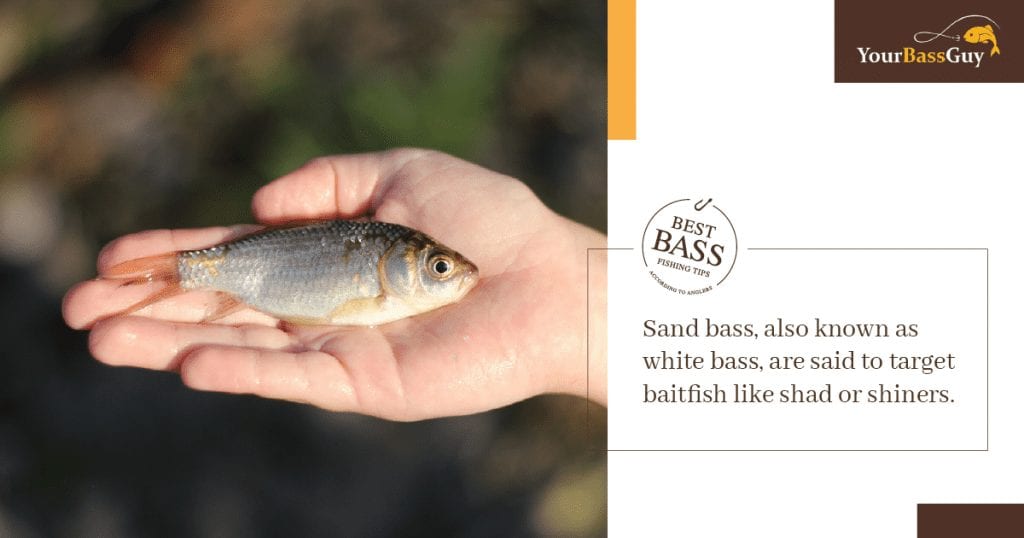
What Do White Bass Eat?
Sand bass, also known as white bass, are said to target baitfish like shad or shiners. However, like most other bass, they are opportunistic feeders, meaning they also have a diet that varies widely. If they see something that looks like it could be food, it will be food.
When shad begin to “boil” or hit the top of the water out in the middle of the lake, sand bass are most likely the culprit. If you see that happening grab a spoon or shiny crankbait and cast into the middle of the shad and you’re bound to get a bite.
If you have never fished for white bass you are missing out. Like a smallmouth bass, they have the heart of a champion when it comes to fighting. There are several different ways to fish for white bass. During the springtime spawn, a shiny crankbait near brush piles or small jigs in staging areas will get these aggressive fish to bite most frequently in the river.
The summertime brings trolling season. You better have a good grip on your pole otherwise a solid bite from a sand bass will rip it out of your hand. Crankbaits and spoons are the go-to baits when trolling on the river or across the lake.
Similar to smallmouth bass, white bass tend to school up. However, they patrol open bodies of water searching for something to eat. That is why they will usually feed on shad.
During the spawn, they will stage along the riverbank in submerged trees and other underwater structures but only for a short time. They are typically on the move in search of their next meal as a group and that normally means dinner is a school of shad.
What Do Bass Eat In Ponds?
In ponds, bass will eat what is available to them. Once again that could mean minnows, sunfish, worms, salamanders, and smaller bass.
A majority of bass fishing takes place during the spring and summer months. During this time of year, the range of food is abundant and bass are most active. There is nothing like throwing a topwater on a calm morning and watching a bass explode out of the water after your lure.
Winter and cold weather doesn’t mean you have to stop fishing. It just means you have to change your tactics as all-weather changes require you to do. Bass change their feeding habits when the weather changes.
What Do Bass Eat In The Winter?
During the winter, bass will still eat anything they can get their mouth on. The only reason their diet will vary is that prey are less active during the winter months.
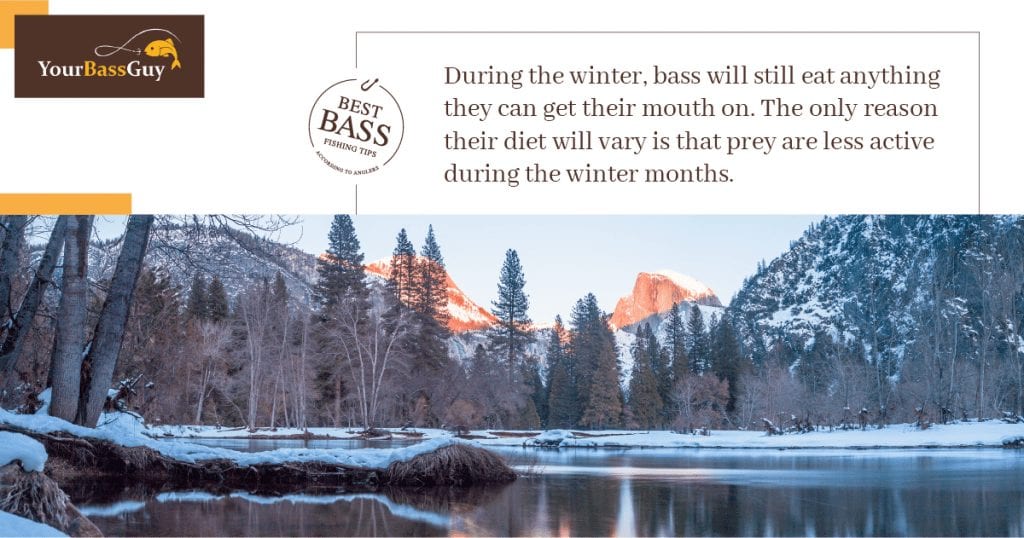
How This Can Help You Choose The Right Lures
Plastic worms/plastics – Just like the name suggests they fool the fish into believing it is a worm or small snake swimming through the water. They vary in length, color, and style.
Plastics are most effective during the spring, summer, and early fall months when insects, bugs, and cold-blooded animals are most active.
Both largemouth and smallmouth will devour plastic baits when used properly.
Spinnerbaits – These imitate shiny fish when the blade flashes in the water reflecting the light. They vary in size, weight, color of the skirt, and color of the blade.
A spinnerbait is most effective during the spring, summer, and early fall months when bass are more likely to chase their food down. Largemouth, smallmouth, and white bass will all bite a spinnerbait.
Buzzbaits – These baits cause a commotion on top of the water that triggers the bass to strike out of anger or annoyance.
They are great to throw alongside cover or barely submerged brush during the spring, summer, early fall months. They vary in size, the number of paddles, and color.
I wouldn’t be surprised if smallmouth and white bass both hit this lure, but there is no doubt largemouth will devour a buzz bait.
Topwater – These lures vary greatly, from imitating a frog to mimicking an injured fish. There are several different styles of topwater lures. They work great during the warmer months for all species of bass.
Jigs – These baits don’t always imitate anything specifically but they can. They tend to spark the curiosity of bass or annoy the bass and cause them to strike.
There are all different sizes, weights, and colors available. They are the most versatile lure in all seasons and water conditions.
Crankbaits – In my opinion, these are the workhorse of all lures. These lures imitate most prey of bass. Crawfish, shad, bluegill, and even baby turtle crankbaits are available.
They are most effective during the spring, summer, and early fall months.
They come in several different sizes, colors, diving depths, and styles. Largemouth, smallmouth, and white bass demolish crankbaits on good days.
Spoons – They get their name because they are shaped like a spoon you would eat soup with. They look like a shiny or injured fish. These come in several different sizes and colors. All bass will attack them but white bass can’t resist them during the warmer months of the year.
Final Thoughts
In summary, bass will eat just about anything that swims the same body of water they do. If they can find it and fit it in their mouth they are going to eat it. It is, for this reason, there are so many different baits, lures, and bass fishing techniques.
Everyone has their own style and theory on catching fish. The best advice I can give is to get out on the water and learn it for yourself! Evaluated experience is the best teacher. Let’s go catch more fish.

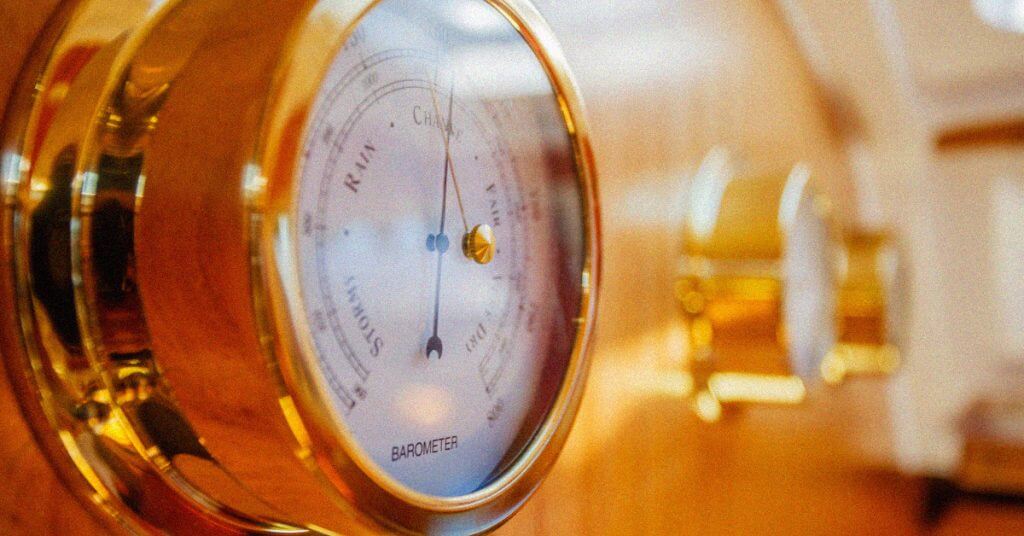
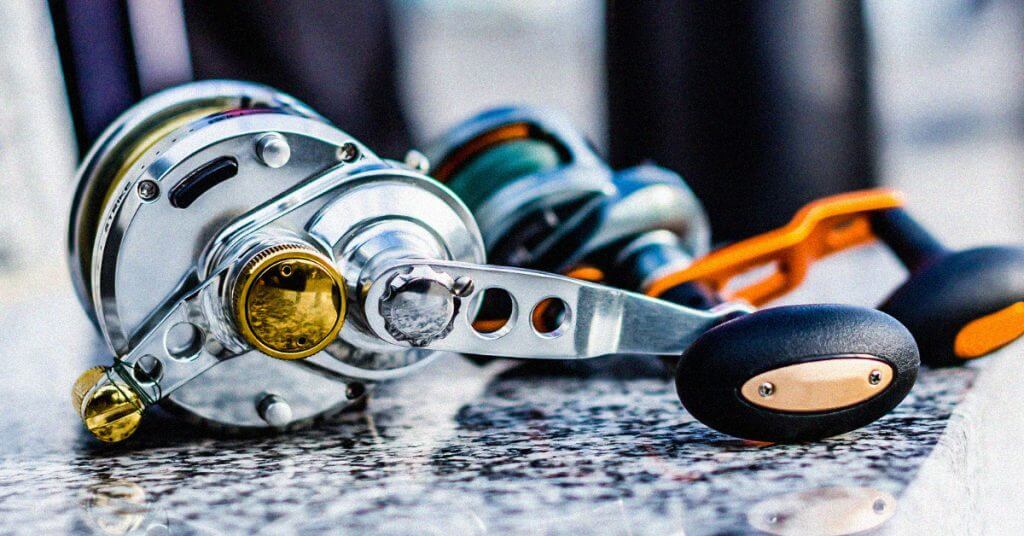
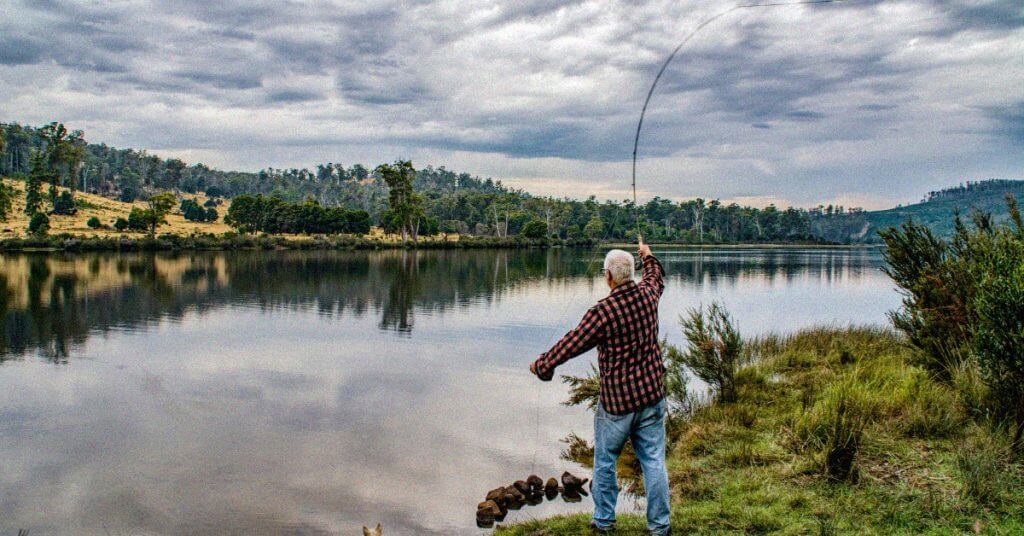
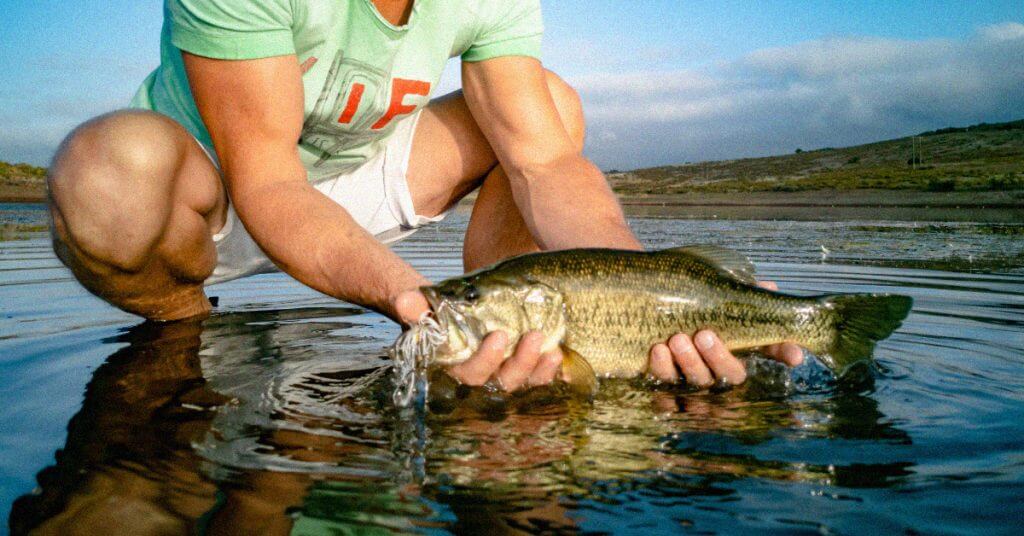
do they eat freeze crawfish
Hey Pamela, yes, they will eat frozen crawfish! However, I would make sure they’re thawed because the frozen crawfish won’t feel or smell as natural to them.